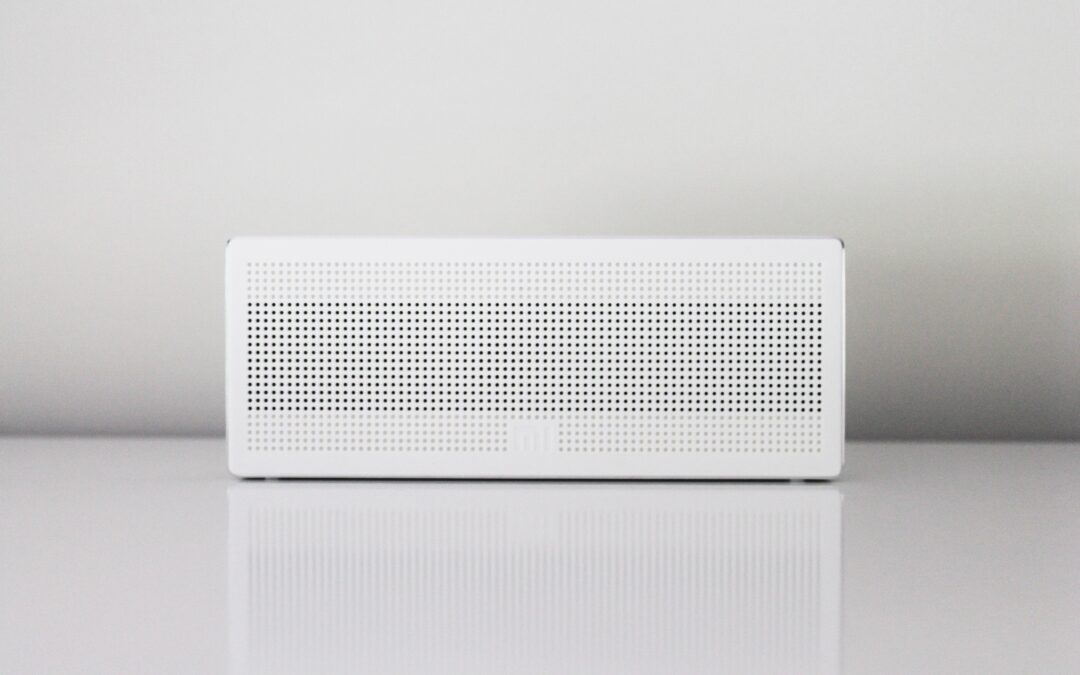Portable air conditioners are a go-to solution for on-the-spot climate control in various settings, from office spaces to special event venues. Despite their convenience and versatility, one critical aspect often overlooked is the power requirement of these units. Understanding the energy demands and how they fit into your location’s electrical capabilities is essential for efficient operation. Here’s a guide to navigating the power needs of portable aircon units for effective climate control.
Evaluating Electrical Specifications
Portable air conditioners come with specific electrical requirements that dictate the type of power supply needed. Most residential models operate on standard 120-volt circuits, but larger, commercial-grade units may require 220-volt or higher outlets. Before renting or purchasing a unit, it’s crucial to check its voltage and amperage requirements to ensure they’re compatible with your venue’s electrical system.
Sizing and BTU Ratings
The cooling capacity of a portable air conditioner is measured in British Thermal Units (BTUs). The higher the BTU rating, the more area the unit can cool, but this also means increased power consumption. To efficiently meet your cooling needs without overwhelming your power supply, calculate the appropriate BTU rating based on the size of the space, taking into account factors like ceiling height, sunlight exposure, and occupancy.
Energy Efficiency and Cost
Energy efficiency plays a pivotal role in managing the power needs and operating costs of portable air conditioners. Units with a higher Energy Efficiency Ratio (EER) deliver more cooling power per watt of electricity, translating into lower energy bills and a reduced environmental impact. Look for models with an EER of 10 or above for the best balance of cooling efficiency and energy consumption.
Circuit Load and Distribution
When deploying multiple portable aircon units, it’s vital to distribute the load evenly across different circuits to prevent overloading and tripping breakers. Each circuit should have enough capacity to handle the unit’s startup surge, which can be significantly higher than its running power draw. Consulting with an electrician can help determine the best setup and avoid potential electrical issues.
Additional Power Considerations
Beyond the basic power requirements, consider the unit’s startup and running watts, which indicate the initial power surge when the compressor kicks in and the steady power consumption during operation. Some units may also feature energy-saving modes or programmable timers that can help manage power usage by cooling the space only when necessary.
In conclusion, effective climate control with portable air conditioners is not just about rolling in a unit and turning it on. It involves a careful assessment of the unit’s power needs, compatibility with existing electrical infrastructure, energy efficiency ratings, and strategic load distribution across circuits. By paying attention to these power considerations, you can ensure that your portable aircon rental Singapore units operate at peak efficiency, providing a comfortable environment without the risk of power disruptions or excessive energy costs.


